Etherscan
In this article, you’ll learn about Etherscan, a blockchain explorer to inspect the Blockchain state and activity.Objectives
By the end of this lesson, you should be able to:- List some of the features of Etherscan
- Read data from the Bored Ape Yacht Club contract on Etherscan
- Write data to a contract using Etherscan.
Overview
Etherscan is a popular Blockchain explorer that works for several different networks. In it, you can explore the state and activity of a particular network.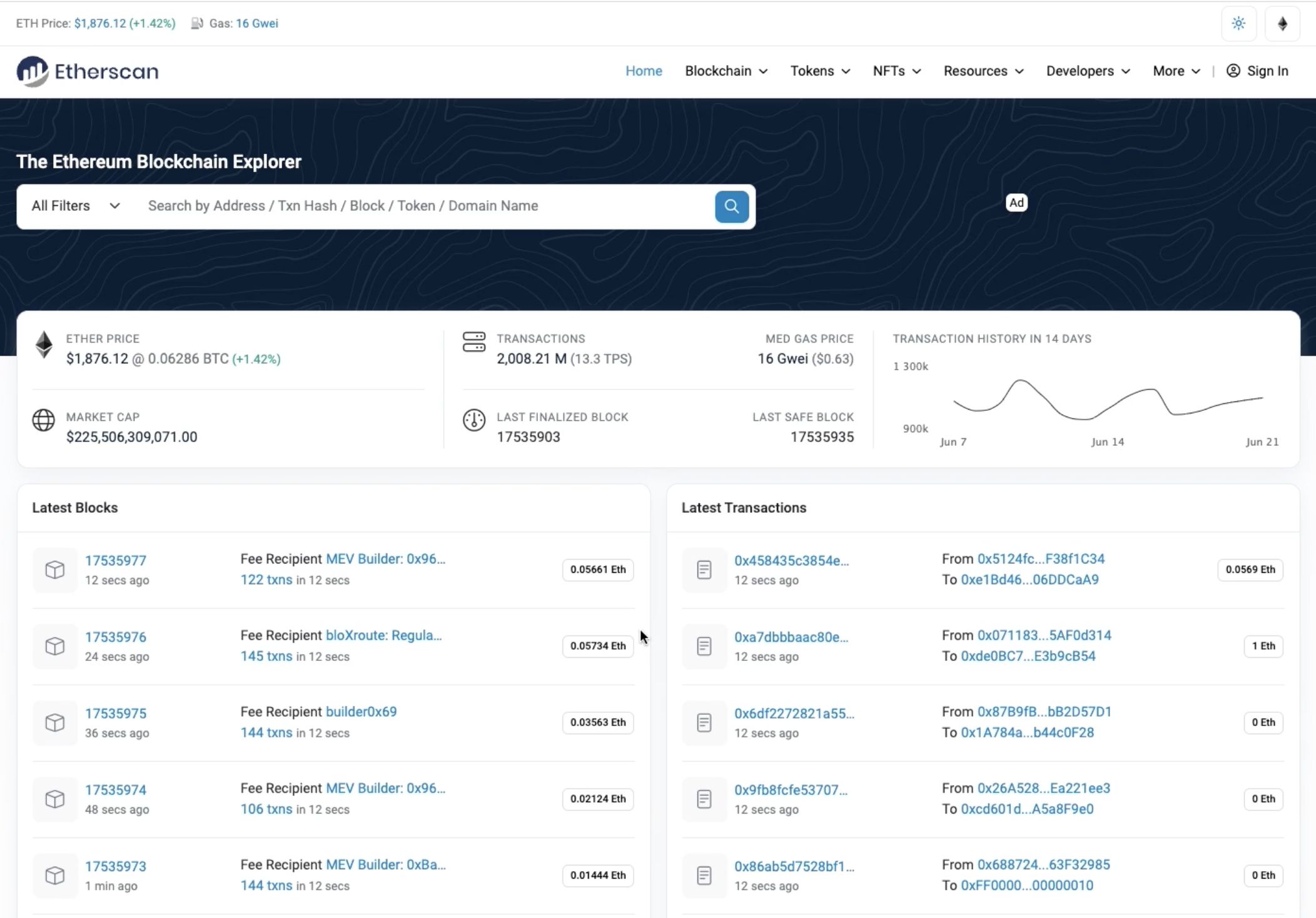
- Blocks
- Transactions
- Smart contracts
- And more!
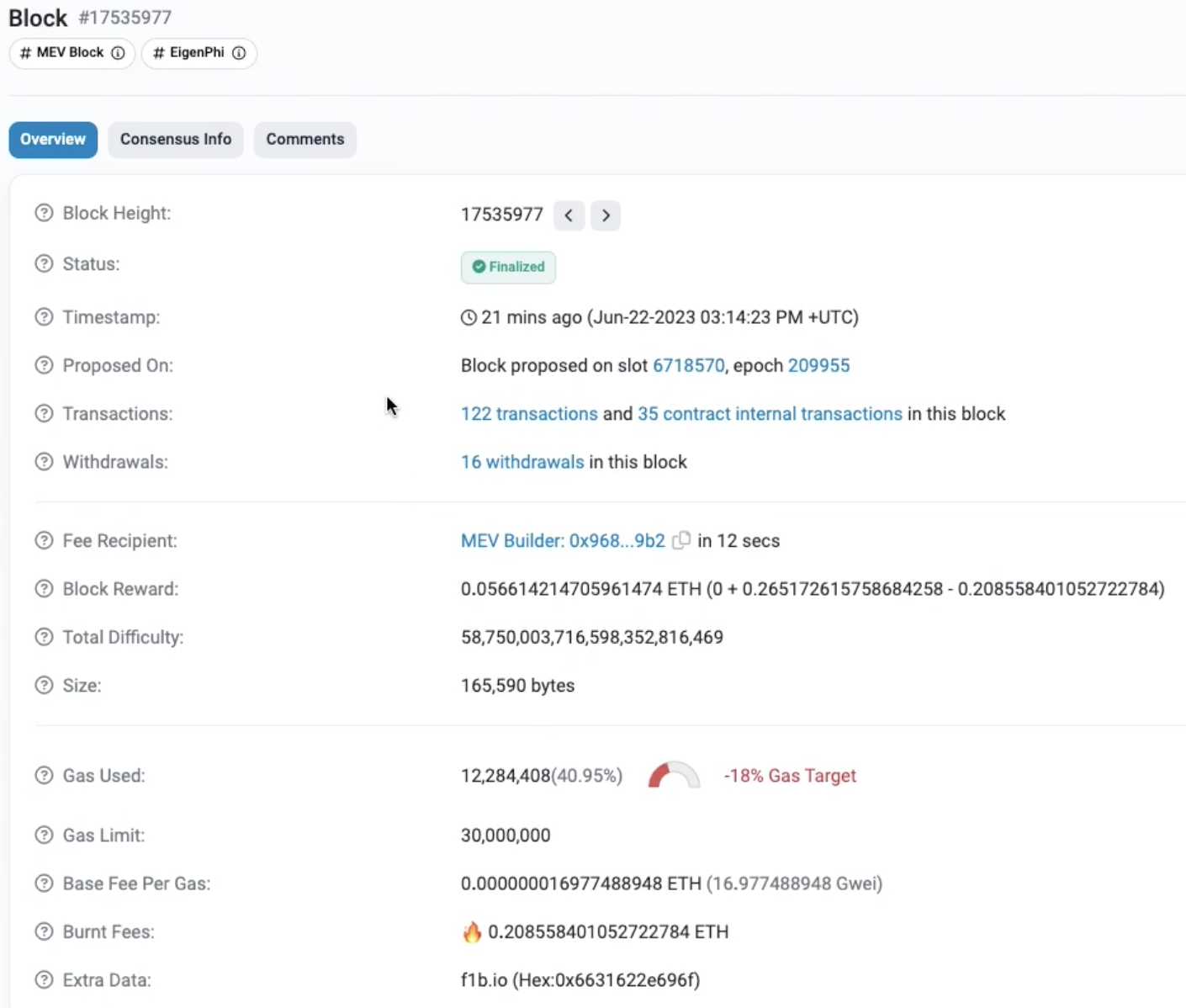
- Timestamp
- Transactions
- Block height
- And other details
Reading data from smart contracts using Etherscan
One of the things you can do with Etherscan is interact with already-deployed contracts. For example, if you want to read information from a famous contract such as BAYC, you can simply go to Etherscan and explore the contract: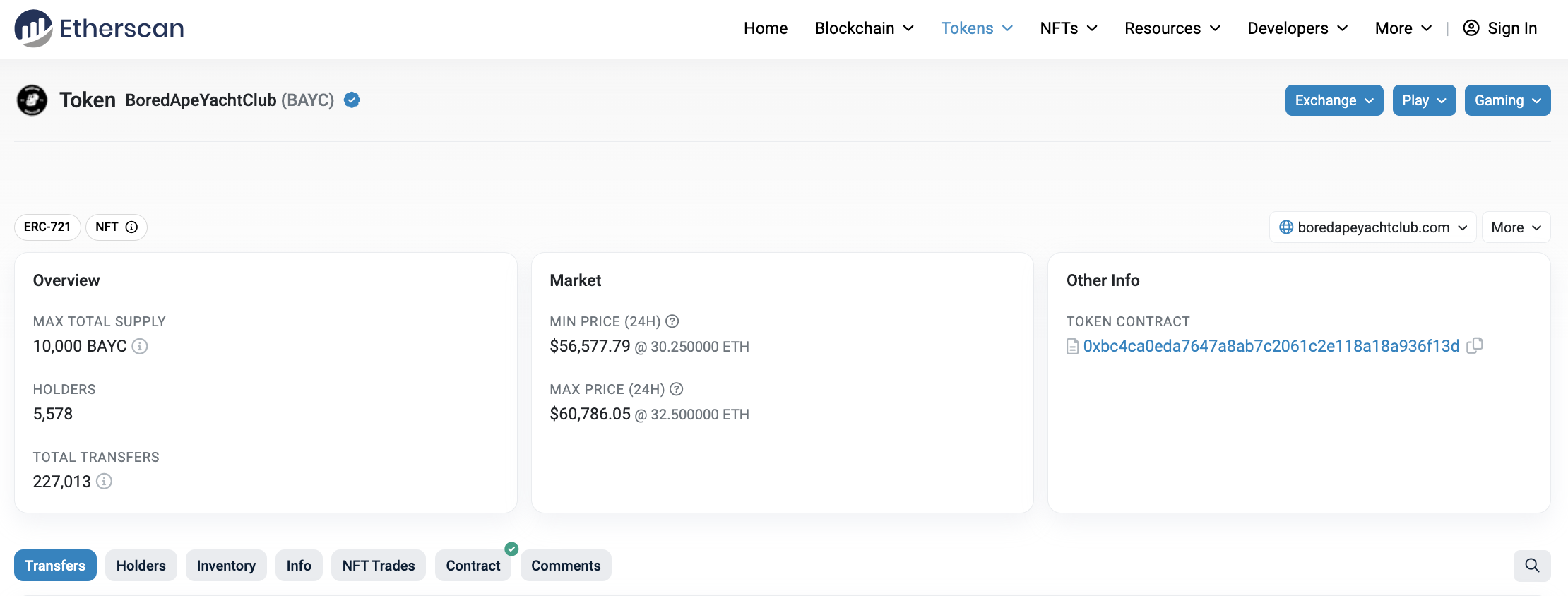
- The ETH balance it holds
- The contract creator
- The transaction when it was created
- Latest transactions
- And the verified contract
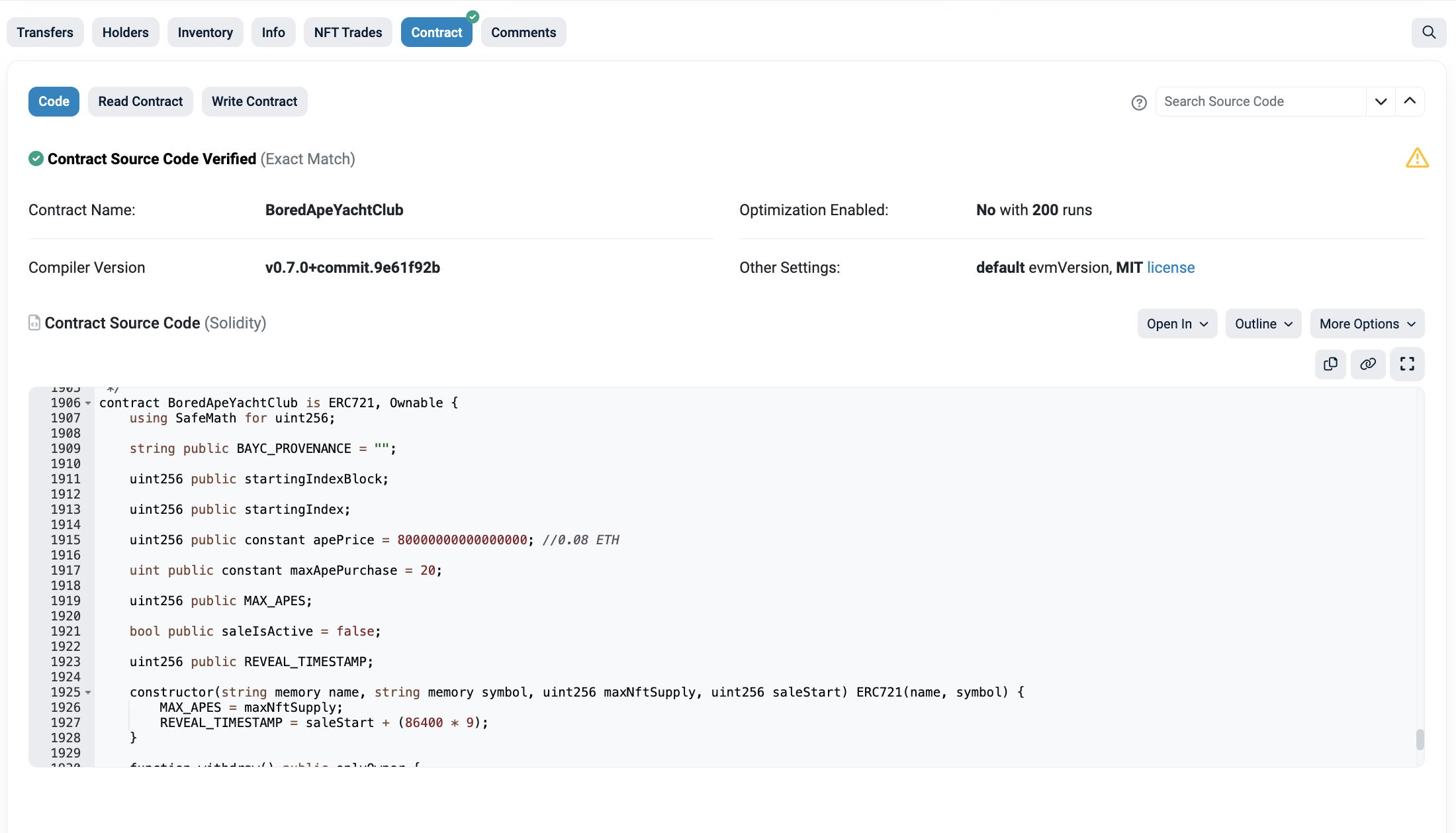

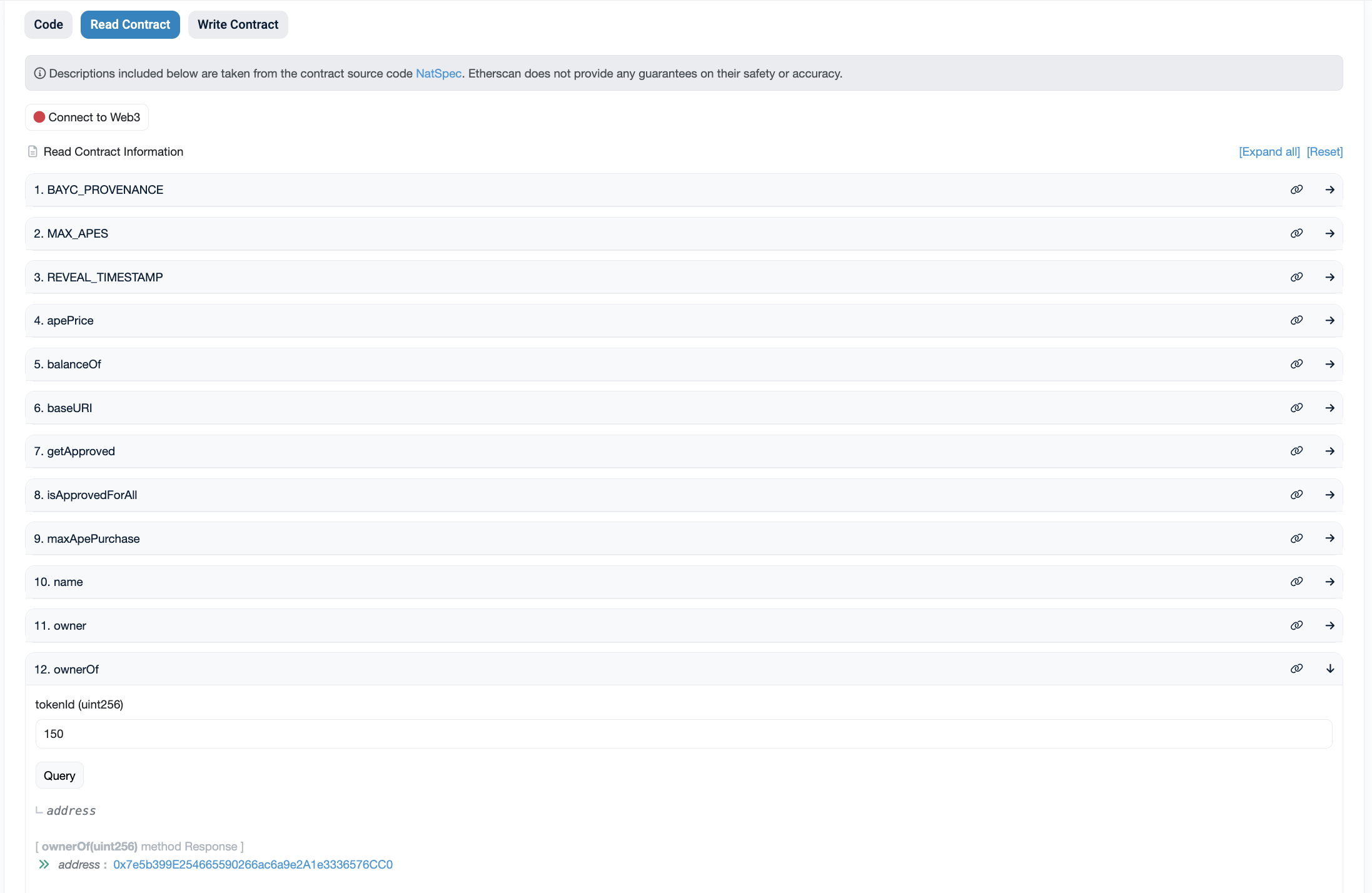
Writing data to smart contracts using Etherscan
In a similar fashion, you can read data from smart contracts using Etherscan. It is also possible to write data. To write data, go to the Write Contract tab:

Be aware that you may need to have real Ethereum in case you want to write to a contract in Ethereum mainnet. Also, any logic that the smart contract defines will be respected. This means that if you try to write to a contract that verifies certain conditions during the transaction (e.g., a function where only the owner of the contract can write information), then you won’t be able to execute the transaction if you are not the owner.